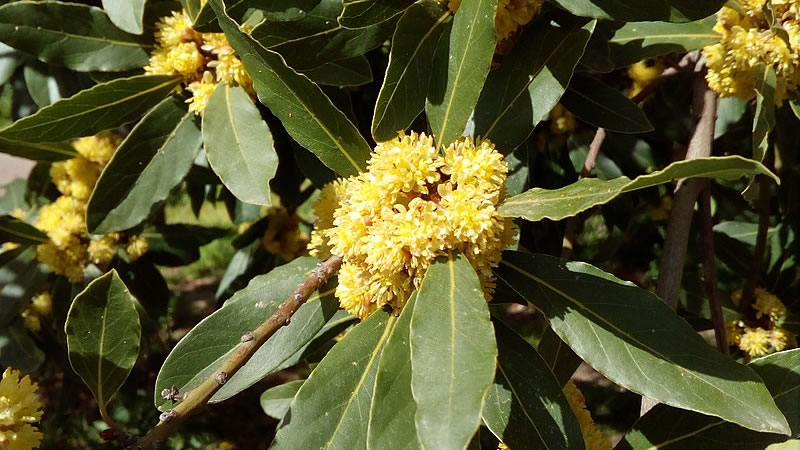
Daphne
The Corfu pavlosykia or frangosykia in other Greece, with many other names around the world, such as “Indian opundia fig”, “barbary fig”, “pear cactus”, “invertebrate cactus” and “prickly pear”, is a cactus plant, multi-branched , which can reach a height of up to 3 – 5 m. It has no trunk and consists of fleshy flat sections (leaves) in the form of an elliptical disk, joined together. Its fruit – one of the most loved in Corfu – which is a yellow (before fully ripe) to pink-red (when ripe around the end of July) fruit with small spines, like fluff, on its surface. Prickly pears grow around the edge of the flat parts of the prickly pear and weigh 150-300 grams. Its flowers are yellow, without a stem. Its fruit is called pavlosyko in Corfu, prickly pear in the rest of Greece, shoe fig in Cyprus, beles in Ethiopia, fik deti (which means fig of the sea) in Albania, sabra in Israel, bajtra in Malta and El Hindi in Tunisia. In Sicily, where the prickly pear fruit is known as ficudinnia (its Italian name is fico d’India, meaning Indian fig).
The prickly pear is one of the most delicious summer fruits. It has the ability to quench your thirst, as it has a high water content (87.5%). The citric and malic acid it contains gives it natural maintenance, helps with good digestion through the metabolism of sugars (Krebs cycle), and increases physical endurance , (malic acid). The nutritional and medicinal value of the prickly pear is great, as it is rich in magnesium and the amino acid taurine, substances which are important for brain and heart health. It is also rich in flavonoids, antioxidant substances that act against cancer and heart disease. Prickly pears contain strong antioxidants, they have a protective effect on various tissues and organs: arteries and nerves, eyes and joints. Diets high in folate, beta-carotene and vitamin C reduce homocysteine, a substance whose accumulation causes damage to blood vessels and increases the risk of heart attack and stroke. Also, eating foods rich in vitamin B6, including prickly pears, helps to keep homocysteine levels low (vitamin B6 contributes to the synthesis of proteins, genetic material, neurotransmitters and protection against of cancer). Eating foods rich in β-carotene and β-cryptoxanthin, found in prickly pears, can reduce the risk of developing lung cancer. A study showed that people who consumed the most foods rich in cryptoxanthin had a 27% lower risk of developing lung cancer. Prickly pears can act protectively against the occurrence of colon cancer or other intestinal diseases, through the beneficial effect on the intestine of insoluble dietary fibers. It is a fruit very rich in potassium, niacin, thiamin and fiber that help reduce hyperglycemia and many antioxidants and anti-inflammatory substances. They are rich in calcium, and help fight osteoporosis symptoms from alcohol abuse, because they hydrate the body and prevent headaches and stomachaches. At the same time, they create a feeling of satiety, reduce hunger and, by extension, obesity. Both the fruits of the prickly pear and its flowers have healing properties for various diseases of the human body. The consumption of prickly pears creates favorable conditions for the body’s defense system, but also in the event of a disease, it again acts actively (immune nutrition). The diseases that prickly pears fight are:
It was and remains a great Anti-Inflammatory.
For the treatment of hyperlipidemia and obesity.
Against diabetes mellitus.
Against prostate hypertrophy
Against cholesterol
Against phlebitis
Against pulmonary diseases
Possible factor in the fight against certain forms of cancer (breast, prostate, stomach, lung, pancreas) due to the flavonoid components they contain
Immune system booster The leaves are used as:
Diuretics, antidiarrheal, as well as to combat sand in the kidneys, and nephritis!
Tonic for the heart due to the substance cactin they contain.
Antidote to drunkenness. They remove headaches, nausea, dry mouth and more.
In cooking the leaves produce dozens of meat and vegetable dishes for humans.
Prickly pear extracts lower blood sugar levels in diabetics as well as healthy people with elevated blood glucose levels. Patients with non-insulin-dependent diabetes who ate boiled prickly pear leaves experienced a decrease in blood glucose levels, while their insulin became more effective.
This plant contains significant levels of soluble fiber, such as pectin. The fiber it contains is believed to be responsible for cactus’s ability to lower blood sugar and lipid levels. Boiled cactus leaves increase its ability to lower blood glucose levels. Prickly pear is a factor in the fight against certain forms of cancer (breast, prostate, stomach, lungs, pancreas) due to the flavonoids they contain.


